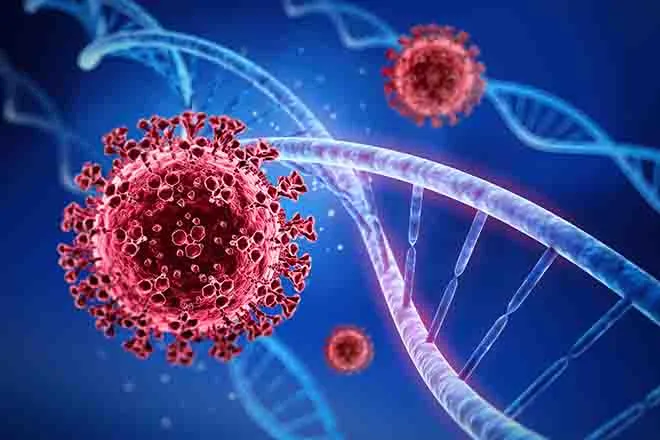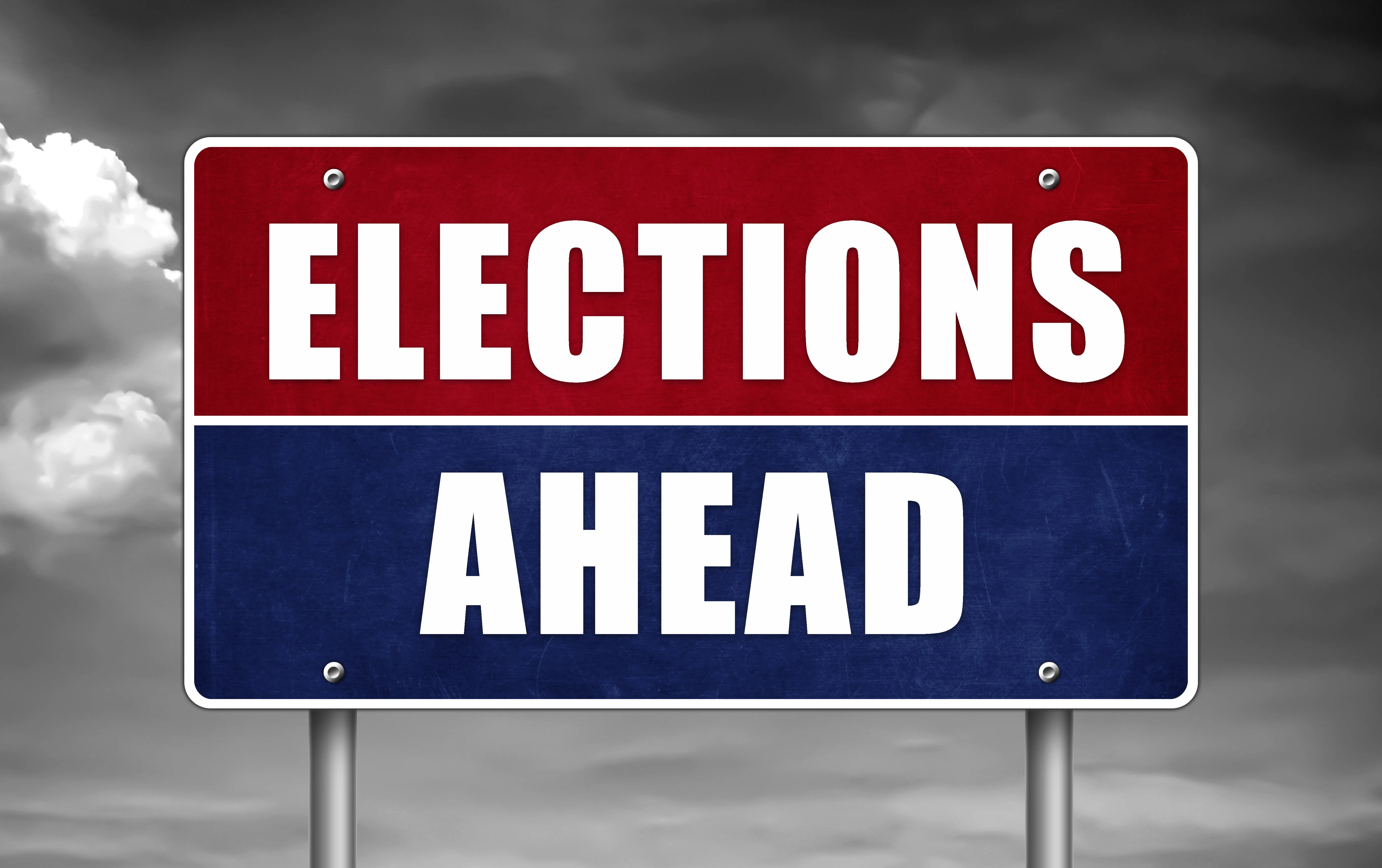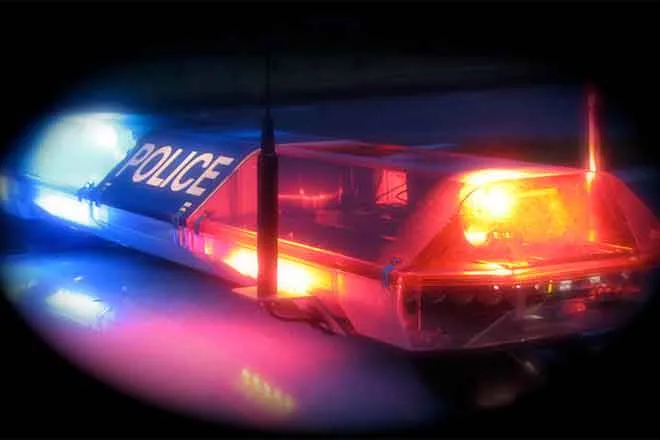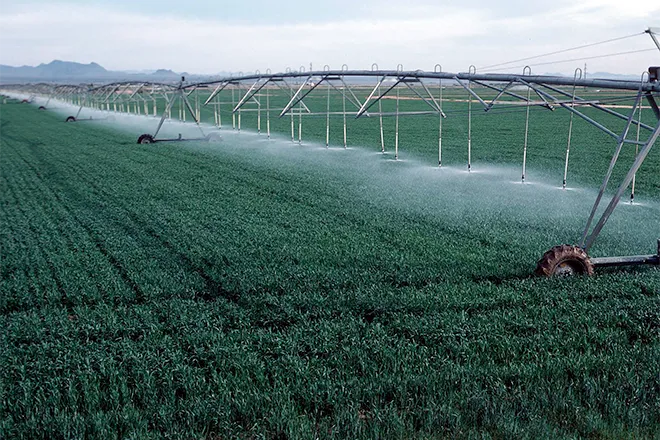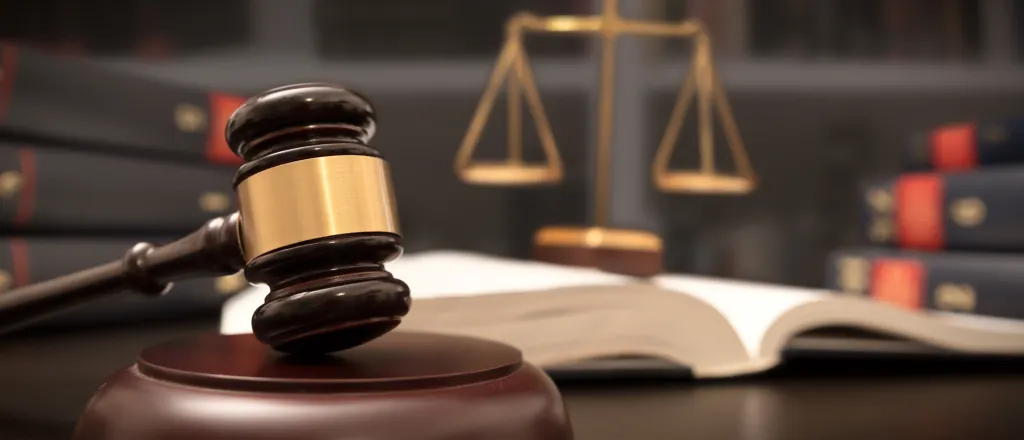
Boy Scouts of America can now create $2.4 billion fund to pay claims for Scouts who survived abuse
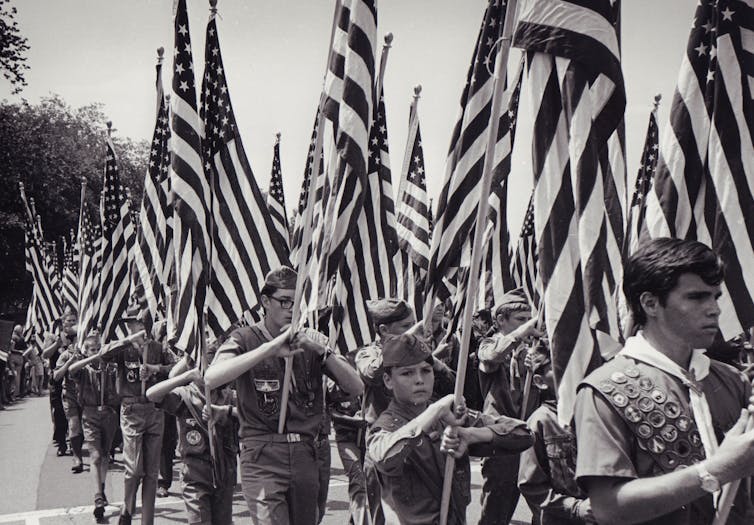
On April 19, 2023, the Boy Scouts of America declared that it has exited its bankruptcy case after clearing one of the last legal hurdles in its way. Some insurance companies and sex abuse claimants objected to the Boy Scouts’ plan to pay claimants, but the 3rd U.S. Circuit Court of Appeals held that the plan can go ahead anyway while the insurers’ appeal is pending. It’s now possible to begin the process of paying at least US$2.45 billion to resolve about 82,000 claims against the Boy Scouts and affiliated entities asserted by people who allege that they were sexually abused as children over the past 80 years.
The Boy Scouts operate through the national organization known as the BSA, which includes hundreds of separate but affiliated organizations known as local councils, and faith-based or civic groups called chartered organizations. Because these troop-sponsoring nonprofit organizations across the country are responsible for ensuring the safety of children in scouting, all of them faced child sexual abuse claims.
The BSA filed for bankruptcy in February 2020 to halt the hundreds of lawsuits that were then pending in state courts. More than two years later, the BSA reached an agreement with many of its insurers, all of the local councils, some of the chartered organizations and roughly 85% of all sex abuse claimants on a plan to pay claims.
The Conversation asked Marie T. Reilly, a Penn State law professor who studies bankruptcy cases involving child sex abuse claims against Catholic dioceses, to explain what this means.
What happens next?
The plan the court approved in the BSA’s bankruptcy case will create a settlement trust to process and pay sexual abuse claims.
Two retired judges and a committee made up of lawyers who represent sex abuse claimants will administer the trust, which will be the largest sexual abuse compensation fund ever established in the U.S. It will operate independently of the BSA.
The trust will take over responsibility for all claims against the BSA. All parties that contribute to it will be relieved of their liability.
Where will the money come from?
The BSA will contribute to the trust property estimated to be worth $220 million. Local councils will contribute about $515 million in cash, property and money obtained from their insurers. Chartered organizations, including the Church of Jesus Christ of Latter-day Saints and Roman Catholic and Methodist churches, schools and other affiliated institutions, will also contribute and receive a release from liability for claims.
The Church of Jesus Christ of Latter-day Saints, still sometimes called the Mormon Church, used to participate in the Boy Scouts but severed ties to it in 2018. It will contribute $250 million.
Insurance companies that issued policies covering the BSA will contribute about $1.6 billion. The trustee of the settlement trust has the authority to sue the insurance companies that have not agreed to the settlement to try to get more money to pay claims.
How much money will survivors get and when will payments begin?
People who have filed sex abuse claims have three options:
1) Accept a $3,500 payment based on the information already submitted about their claim in the bankruptcy case. About 6,700 survivors have already elected this option.
2) Submit additional information and have the trustee determine the amount based on agreed-upon factors, including the severity of the abuse.
3) Sue in state court and have a jury determine the amount.
Payments will not start to flow until the trust determines the payment amount of each claim. If the fund is not big enough to pay every claim in full, the trust will reduce the amount of each claim to reflect the estimated shortfall.
It’s hard to say how long it will take to process the nearly 75,000 claims that have not elected the $3,500 option.
Among other things, the trust will need to hire and onboard staff and to set up secure systems to gather and evaluate personal information from tens of thousands of people.
This is likely to be both expensive and slow.
How will this settlement affect the Boy Scouts?
The Boy Scouts face an uncertain future after the bankruptcy case.
The organization’s revenue depends on membership dues, contributions from its troop sponsoring organizations, product sales, service fees and donations. And the dues are lower because of a sharp decline in membership. The BSA now has a little more than 1 million members across the country – about half as many as in 2019.
Trying to convert some of the Boy Scouts-owned properties into cash to meet the organization’s obligations under the bankruptcy plan is complicated. It may take years to accomplish, dragging out the timeline.
Local councils are already selling property to raise the cash they need to make the contribution to the fund.
For example, a local council in New Jersey is selling its land in the Pocono Mountains to pay its share of the contribution to the compensation fund.
Local residents are concerned that the pristine land, estimated to be worth $4 million, will end up lost to developers.
The same controversy is unfolding regarding the sale of local council property in Connecticut.
The U.S. Forest Service estimates that 6,000 acres (24 square kilometers) of open space are lost every day to other uses. Local Boy Scouts councils own a significant portion of open space in the U.S., and much of it may be lost.
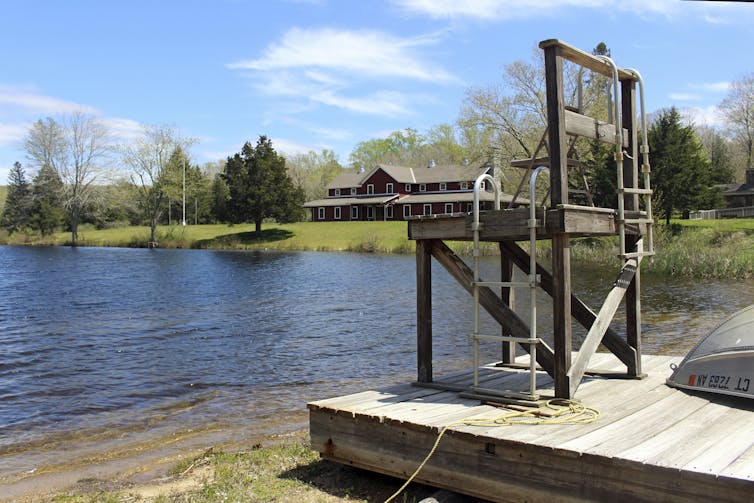
Are there precedents for this?
Catholic organizations have resolved liability for child sexual abuse in bankruptcy cases with plans that are similar to the BSA’s. But the scale of the Boy Scouts’ case in terms of the number of claims and the size of the settlement trust fund is much larger than any case involving a single diocese, or any other nonprofit organization bankruptcy case.![]()
Marie T. Reilly, Professor of Law, Penn State
This article is republished from The Conversation under a Creative Commons license. Read the original article.

